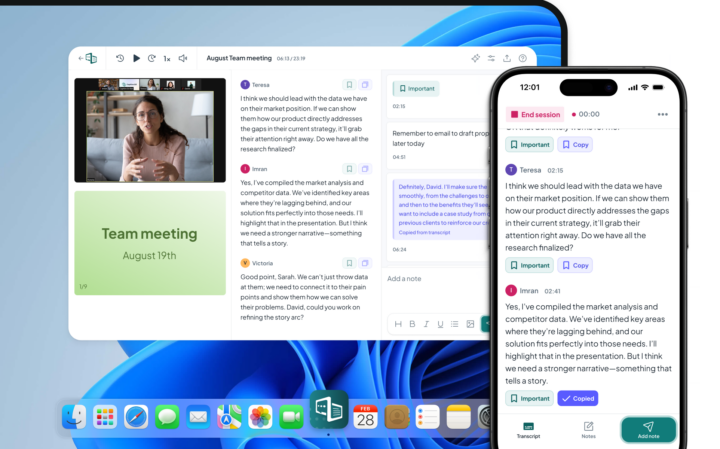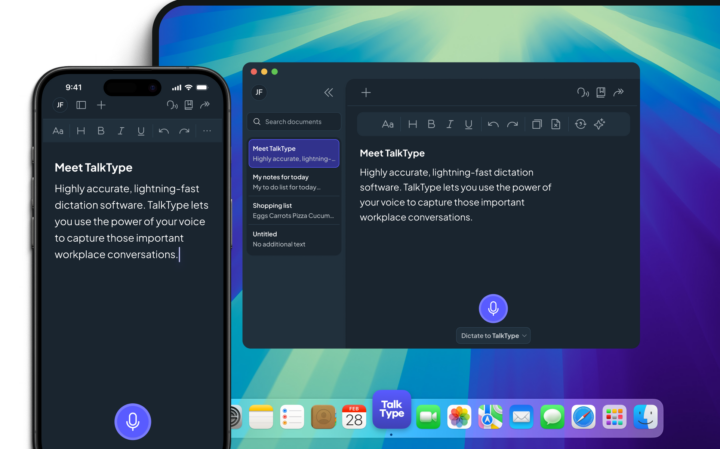How High-Functioning ADHD Presents Differently in Adults (Compared to Children)
In children, ADHD often manifests as outward hyperactivity, impulsivity, and difficulty staying seated or quiet. In contrast, adults with high-functioning ADHD are often less hyperactive and may present more internalised symptoms. Their hyperactivity might manifest as constant mental activity or an inability to relax. Impulsivity might appear as impulsive spending, career changes, or relationship difficulties rather than physical acting out.
While children’s struggles are often more externally visible in academic or behavioural settings, adults may experience their challenges more privately in areas like organisation, time management, and emotional regulation, often masking these difficulties from others.






